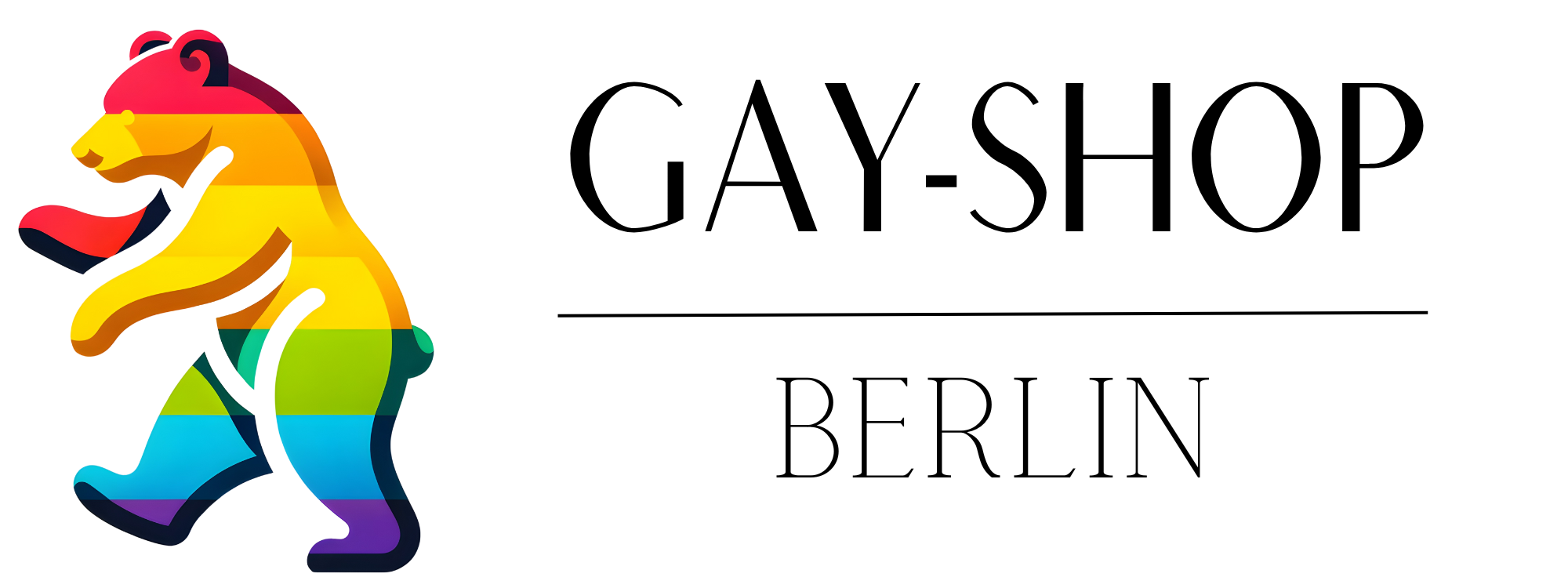Pride Flag Dictionary
Welcome to our Pride Flag Dictionary. It is constantly growing along with our range and is intended to help you find the flag that is right for you. Find out more here!
LGBT Pride Flag
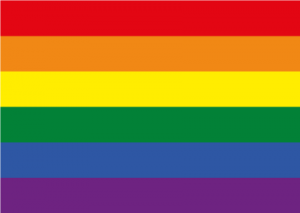
The LGBT Pride flag, or rainbow flag, was created in San Francisco in 1978 and is considered the ultimate international gay and lesbian symbol. The colors have the following meanings: red (life), orange (health/healing), yellow (sunlight), green (nature), blue (harmony) and purple (spirituality). The original flag had two other colors: pink (sexuality) and turquoise (art).
Progress Pride Flag
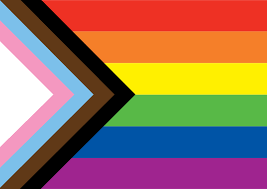
The Progress Pride flag is significantly younger than the rainbow flag. It was designed by Daniel Quasar in 2017. The additional wedge on the left side of the flag symbolizes the trans* community (light blue, pink, white) and the BIPOC community (brown, black). The name “Progess Flag” suggests that a lot of “progress” still needs to happen, especially with regard to trans* people and people of color.
Progress Pride Flagge (NEW)

In 2021, Valentino Vecchietti of Intersex Equality Rights UK further developed the flag of progress by incorporating the Intersex flag. The Inter flag features a purple circle on a yellow background. She consciously avoids the traditional “gender colors” of blue and pink. The circle symbolizes wholeness and completeness and our possibilities,” says Intersex Human Rights Australia. About 1.7 percent of people in the world are born intersex (according to news portal LGBTQ Nation).
Bisexual flag
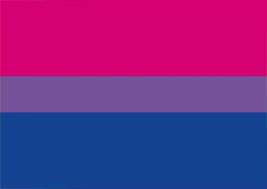
The bisexual pride flag was designed by Michael Page in 1988. Pink stands for same-sex love and the blue part for love of the opposite sex. Purple, on the other hand, represents love for a person regardless of where they are on the gender spectrum. The intention of the flag was to increase the visibility of bisexual people in the community and society and to give them their own pride symbol.
Lesbian flag
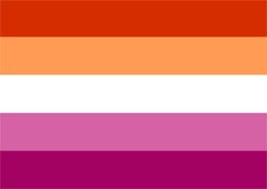
The lesbian flag was redesigned by Emily Gwen in 2018 and is intended to explicitly include all lesbians (e.g. also trans lesbians, non-binary lesbians, etc.). The above version of the flag was derived from the actual 7-striped version and has the same meaning. The colors represent gender non-conformity, independence, community, a special relationship to femininity, clarity and peace, love and sex, and femininity.
Transgender Pride Flag
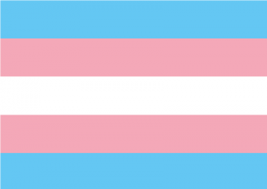
The Transgender Pride flag was designed by Monica Helms in 1999. Blue stands for masculinity and pink for femininity. The white stripe symbolizes non-binary, intersex and transitioning people. The flag was first used in 2000 at a Pride parade in Phoenix, Arizona (USA).
Asexual Flag
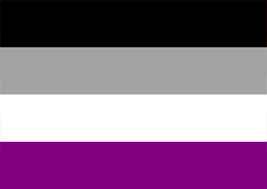
Asexuality describes the absence of sexual attraction towards anyone, regardless of gender. The asexual flag was chosen in 2010 by various association groups for asexual people in several rounds of voting. The colors have the following meanings: black (completely asexual), gray (gray and demisexual), white (non-asexual friends), purple (community and solidarity).
Pansexual flag
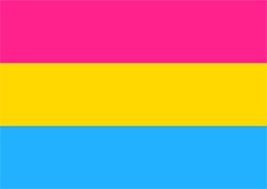
The flag for pansexual people was designed by Jasper V. in 2010. Pansexuality describes people who do not preselect based on gender or gender identity in their desires. The 3 stripes have the following meanings: magenta (attraction to the female spectrum), yellow (attraction to non-binary people), cyan (attraction to the male spectrum).
Straight-Ally Flagge

Heterosexual cis people don't actually belong to the queer community. Still, straight allies are important. This refers to people who recognize their own privileges and at the same time the constant discrimination against the LGBTQI+ community and therefore actively support the fight for gender justice and the end of all forms of discrimination. The flag combines the black and white straight flag with the LGBTQ flag and forms an A for Ally in the foreground.
Polysexual flag
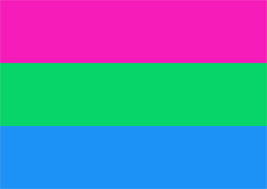
"Poly" comes from the Greek and means "many". Polysexual people feel physically or sexually attracted to people of different, but not all, genders. In contrast, there are monosexual orientations such as “heterosexuality” and “homosexuality”, which only prefer one gender.
Non-binary Flag

The flag was designed by Kye Rowan in 2014. It is intended to represent all non-binary people. The colors have the following meanings: Yellow (gender-neutral) stands for people whose gender lies outside the two-gender norm. White represents people of many/all genders. Purple represents the mix of male and female. Black represents people who have no gender.
Bear flag
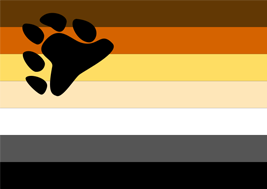
This flag is intended to represent the bear subculture within the LGBT community. The colors represent colors of the fur of animal bears around the world: dark brown, orange/rust, golden yellow, light brown, white, gray and black. The flag was designed with inclusion in mind.
